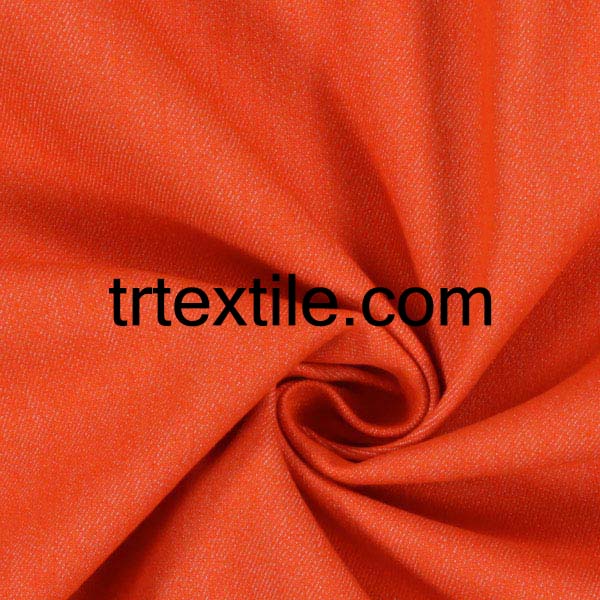Denim fabric is a versatile and durable material that has been a staple in fashion for decades. Its characteristic twill weave and indigo dye make it a popular choice for casual and everyday wear. From jeans to jackets, denim is a timeless fabric that never goes out of style.
History of Denim Fabric
The history of denim fabric dates back to the 17th century when it was first woven in Nimes, France. The fabric, originally called “serge de Nimes,” was later shortened to “denim.” It gained popularity in the United States during the Gold Rush era when Levi Strauss introduced the first denim jeans in 1873. Since then, denim has become a symbol of American culture and is worn by people of all ages and backgrounds.
Characteristics of Denim Fabric
Denim fabric is typically made from cotton and is known for its durability and strength. It is woven in a twill pattern, which gives it its signature diagonal ribbing. The most common color of denim is indigo, a deep blue hue that comes from natural indigo dye. Denim is also known for its versatility, as it can be woven into a variety of weights and finishes to suit different styles and preferences.
Types of Denim Fabric
There are several different types of denim fabric, each with its own unique characteristics. Some of the most popular types include:
1. Raw Denim: Also known as “dry denim,” raw denim is untreated and unwashed, giving it a stiff and rigid feel. Over time, raw denim molds to the wearer’s body and develops unique fading and whiskering patterns.
2. Selvedge Denim: Selvedge denim is characterized by its finished edges, which prevent fraying and give the fabric a clean and polished look. This type of denim is often associated with high-quality, premium jeans.
3. Stretch Denim: Stretch denim is woven with a small percentage of elastane or spandex, giving it added flexibility and comfort. This type of denim is popular in skinny jeans and jeggings.
4. Distressed Denim: Distressed denim is intentionally treated to give it a worn-in and vintage look. Techniques such as sanding, whiskering, and ripping are used to achieve a distressed finish.
Uses of Denim Fabric
Denim fabric is used in a wide range of clothing and accessories, including jeans, jackets, shirts, skirts, and bags. Its durability and versatility make it a popular choice for everyday wear, as it can withstand frequent washing and wearing. Denim is also a favorite fabric for designers who want to create trendy and fashionable pieces that stand the test of time.
Caring for Denim Fabric
To keep denim fabric looking its best, it is important to care for it properly. Here are some tips for maintaining the quality of your denim garments:
1. Wash denim inside out in cold water to prevent fading and bleeding of the indigo dye.
2. Avoid using harsh detergents or bleach, as they can damage the fabric and cause it to lose its color.
3. Air dry denim garments instead of using a dryer to prevent shrinking and maintain the shape of the fabric.
4. Store denim items in a cool, dry place away from direct sunlight to prevent fading and discoloration.
In conclusion, denim fabric is a timeless and versatile material that has stood the test of time. Its durability, strength, and classic style make it a popular choice for clothing and accessories. Whether you prefer raw denim, selvedge denim, stretch denim, or distressed denim, there is a type of denim fabric to suit every taste and style. So next time you reach for your favorite pair of jeans or denim jacket, remember the rich history and enduring appeal of this iconic fabric.




